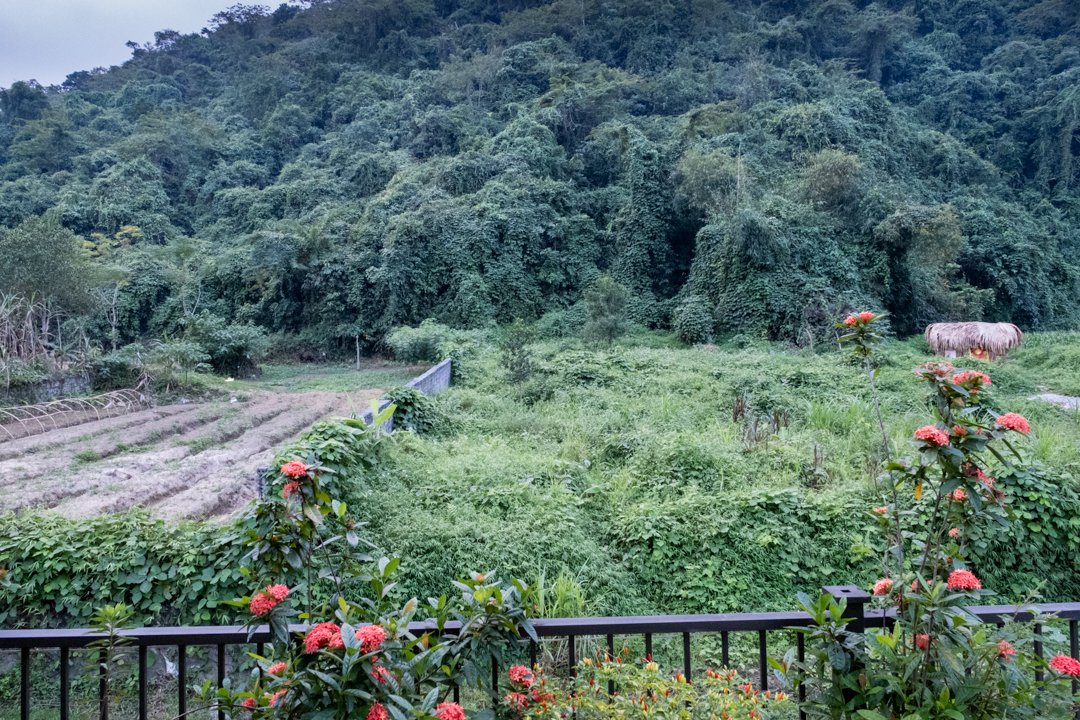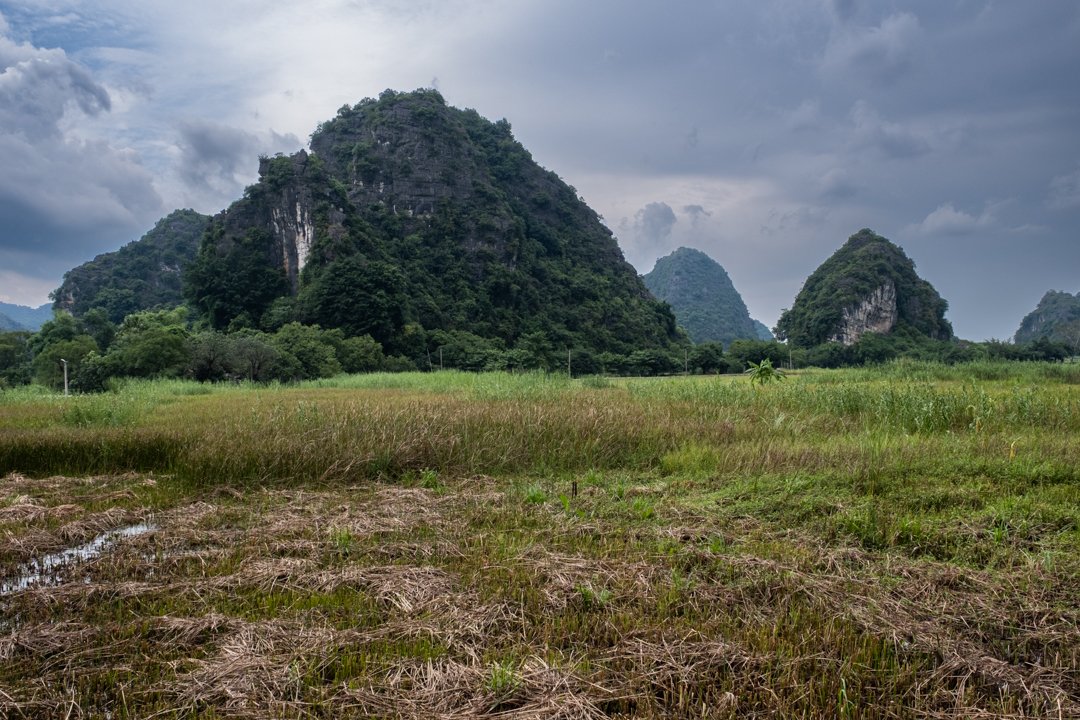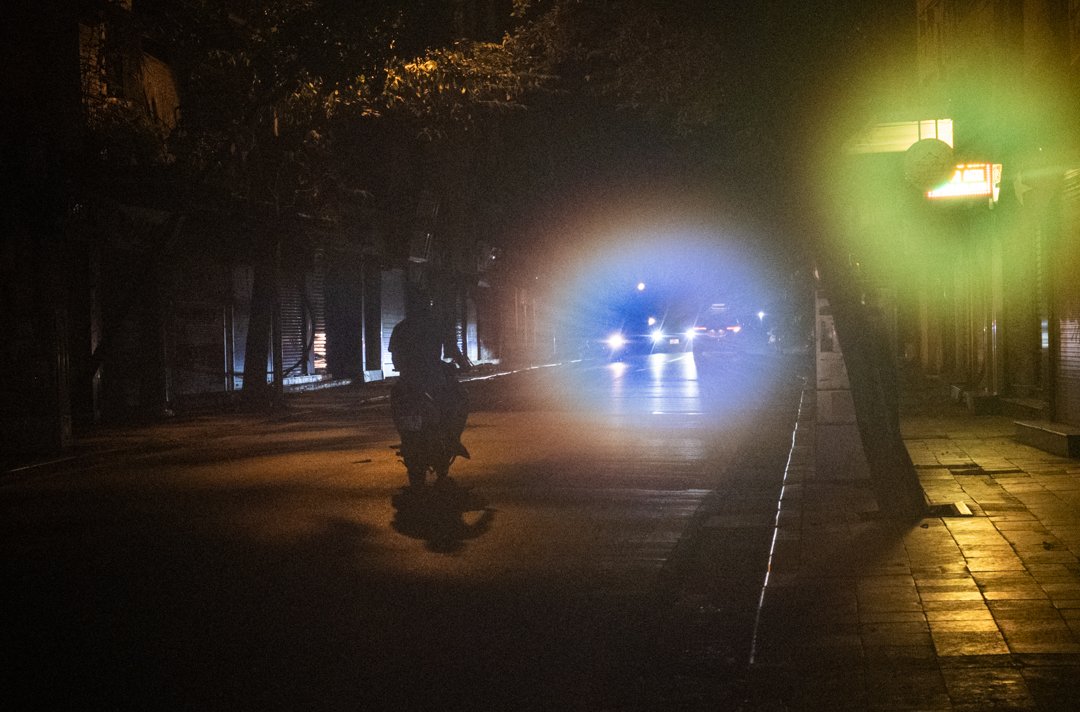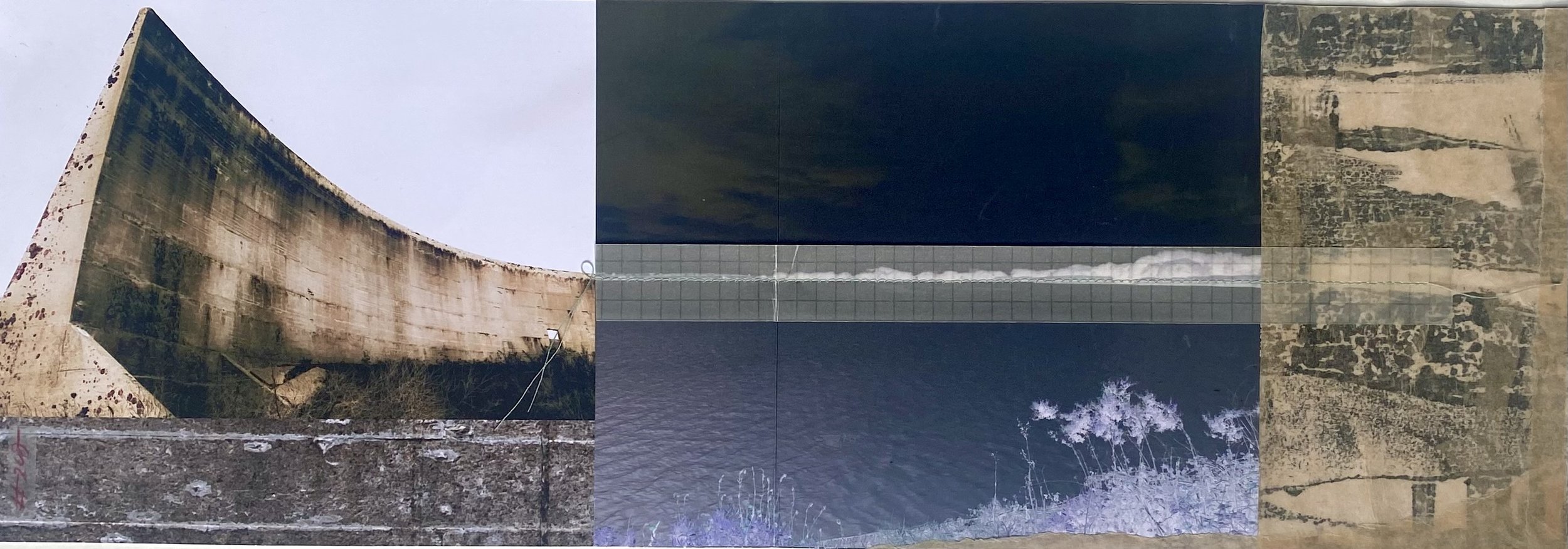An exciting adventure to India and Nepal followed by an incredible journey around South Korea. Please scroll down to begin the journey.
We were so sad to leave Luang Prabang, one of the most enigmatic places I’ve visited and a place I would love to return to. An impromptu decision saw us heading to the northern mountains of Vietnam. I felt that our trip would not be complete without a visit to the mountains and explore some of the lives and culture of the ethnic minority villages. We had no idea how this was going to pan out.
At 5:30 AM, the sound of a gong echoes in the distance and dawn starts to break. Shortly afterwards, the first monks appear In the silent backstreets of Luang Prabang. I could just make out the rhythmical padding of feet. Gravel crunching beneath the bare soles. Over 200 Bhuddist monks form a solemn processional line.
As we walked around the atmosphere was not great. Not many people were around because of the midday heat, but those that were, many just stared straight through us. few people engaged with us. I got the impression they don’t like tourists, and who can blame them. it became clear this is not a village that is benefitting from the high ticket prices. Quite the opposite, they are Cambodia’s forgotten people with other people making money out of them.
Our first view of Angkor Wat is very impressive but of course we didnt beat the crowds - thousands of people marching, gathering, jostling for the best spot to capture a photo. It was in fact the public holiday for the ancestors festival as well as a 10 year anniversary of the death of their old king - we couldn’t have chosen a busier time. Oh yes we could - sunset or sunrise.
So our experience of Phnom Penh took quite a different turn. We didn’t think to check up on festivals so we found ourselves at the beginning of a major national holiday -Pchum Ben - Ancestors Festival or Hungry Ghosts Festival.
Chau Doc in the Mekong Delta region of Vietnam is close to the river border of Vietnam and Cambodia. Which is exactly why we are here. This is where we catch a high speed boat to Phnom Penh. The Cambodian Border is only about 1 hour away, then after border control we travel on a further 4 hours by boat.
So the reality is actually quite different. Our guide kept insisting that it was the biggest market, Yes it was getting smaller but it’s the best and biggest. Well there were not many active merchant boats or sampans, no bustling, no music and no atmosphere. It felt as though it was well past its sell by date.
Ben Tre provides a large number of coconuts for exporting to countries like Singapore, Malaysia, the Philippines, India and China.
The ecolodge we are staying at provided us with a boat and guide, so off we chugged to explore the land of the coconuts.
The market is primarily a food market for locals that sells Chinese and Vietnamese produce. It feels like an indoor market but it’s anything but. The roof is a patchwork of umbrellas which can only be fully appreciated when you venture up the into the residential walkways of the apartments above and look down over the scene below.
As soon as we arrived on a hot wet grey day, I immediately fell in love with Saigon. It’s big, it’s friendly, it’s full of orderly traffic, it’s a cosmopolitan city with a mix of old and new and it’s developing rapidly. Skyscrapers are emerging across the skyline. I wouldn’t say it was a particularly attractive city and it certainly doesn’t have a huge list of tourist attractions but it has bags of local life, intriguing quarters made up of webs of alleyways and bags of friendliness and no hassle.
I thought it might be like Venice and be a little emptier and quieter once the tourist coaches had left and the cycle buggies had stopped wheeling people around but no - the crowds of people are just more condensed to the river area. The river is crammed full of boat rides and the bank on the opposite side has a horrible tourist night market that sells nothing more than the tat you’ve seen in the shops.
Our visit coincided with the the full moon lantern festival which was unique and fun to see the trees lit up with beautiful lights as well as yellow and red dragons dancing clumsily through restaurants getting tangled up in ceiling fans and wires. We unfortunately brought the rain with us, not ideal for a lantern festival.
Wishing for something completely different, we located Hue Abandoned Water Park. It sounded interesting on-line but wasn’t quite the secret it was made out to be. Once a bustling aquatic playground, nestled amidst the pine hills of Hue, this water park spans an area of 50 hectares.
Our homestay comprised of a group of bungalows on stilts nestled into the rock face. There were animals everywhere. It is very beautiful, but very, very wet.
I really like the Non La - the cone hats, they look so simple but are beautifully made. We tried to locate a hat maker, it took forever - asking everyone who passed us as well as negotiating a big car down teeny tiny lanes. It was mad… Our driver did so well and the next thing we knew we were both riding pillion on a hat-maker’s motorbike and arrived at a little square.
It then became one of Hanoi’s most visited places. Now, having been closed for a while following a near accident', the main entrances are guarded and limited people are allowed in. Many of the coffee shops have closed due to the Government’s clamp down as well as the lack of tourists. We were not allowed onto the tracks at a couple of guarded sections so we quickly hopped onto another section just in time…
Getting up at 4.20 AM was no laughing matter, but needs must. By 4.50 we were on our way to witness Hanoi both waking up and finishing its night shift.
Our first stop was Long Bien Bridge and then onto Long Bien market. They are located next to each other and both unique in their own way.
We learnt pretty fast that you just go with the flow - when you cross the street, you walk like an elephant - slow and steady, don’t stop, look forward, keep moving, and trust that scooters and cars will either stop or move around you. Except Buses - they don’t Stop. You run.
These silent concrete structures are surrounded by water, living in isolation. Their concrete walls speak volumes of their past and present. Using photography and mixed media the language of the walls are echoed by each other as I explore the feelings of isolation and loneliness as well as a connection to my surroundings.
…when out of the blue came an almighty roar. Deafening shouting through a loudspeaker shattered the peacefulness that we had become so accustomed to. We thought it was an over zealous preacher in the nearby church. We went in search of this noisy rhetoric. It wasn’t coming from the church, it was out on the main wide streets - a very, very loud political demonstration. I had to chase it down…
A couple of hours on the train and we arrived in Jeonju, which means ‘perfect location’. This is our penultimate destination. Located in central South Korea, it is known for its cuisine and is home to the Bibimbap. I have eaten bibimbap in every location we have stayed in, so I think I can call myself an expert. The stakes are high.
Taepyung Salt Fields was our destination, but it appeared closed despite me talking to someone who assured me it was open for visitors. Not wanting to give up, we left the Taepyung Visitors Site and went over to the fields to see for ourselves how the salt was created.
…what I see are vast, flat, empty spaces filled with a diverse ecosystem, with layered mountains forming screens in the distance. The wetlands are tidal and at the time of our visit it was a very low tide. Beautifully empty, beautifully still and beautifully mesmerising.
Nestled into the side of a mountain are the terraced houses of Gamcheon Culture Village. With its waves of colourful roofs and narrow winding alleys.
…Food in Busan is no different but it’s on another level. Busan is all about food, especially seafood - there are fish markets, fish stalls, restaurants, night food markets, bakeries - street after street, food is everywhere...
We arrived in Andong and travelled some 25km out to our short pit-stop in Pungcheon. A little Milton Keynes-esk and unfinished. It’s obviously a new town and has yet to establish itself.
We travelled by bus through the most atrocious weather, over to the eastside of S. Korea to Gangneung, a coastal city with the ‘scent of pine and coffee permeating throughout’.
The Hanbok is the traditional dress of Koreans with bright colours, simple lines, and no pockets. Here you can hire them and later I found out if you wear the Hanbok you get free entrance into ‘the places’.
The Demilitarised Zone (DMZ) is a 4km wide strip of land that runs across the Korean Peninsula to act as a buffer between North and South Korea.





























We visited the Lung Tam Co-operative where Hemp is woven on traditional looms. Batik is used to create the intricate patterns that the group are recognised by. Having collected some pieces myself of traditional Hmong textiles in Vietnam and Laos, I was delighted to witness their creative skills. A 95 year old lady meticulously draws her patterns in hot wax with the steadiness of hand I could only wish to have myself.